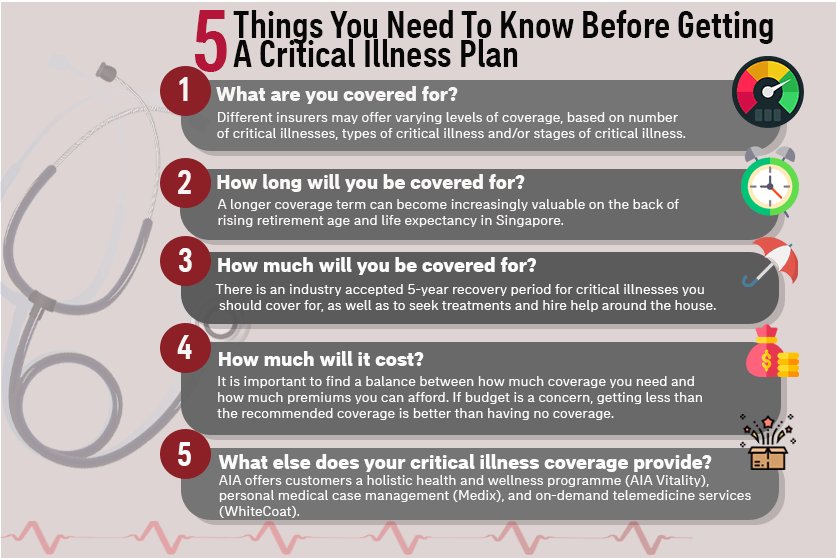Getting a critical illness insurance policy is an important step in plugging your overall insurance protection gap in Singapore.
According to the Life Insurance Association of Singapore (LIA), economically-active Singaporeans and Permanent Residents (PRs) have a critical illness protection gap of 80% and mortality protection gap of 23%.
This demonstrates that critical illness protection needs may be neglected by a substantial number of people in Singapore. While critical illness plans are not new in the market, there may be a few reasons why they may be more overlooked than life protection.
Before you get your critical illness insurance coverage, you need to know these 5 things first.

